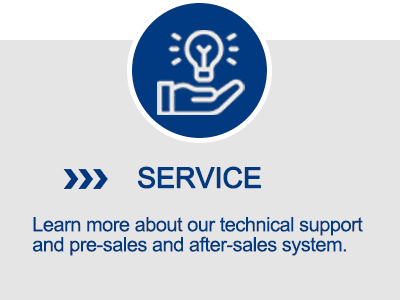Introduction
Servo press machines are at the forefront of modern manufacturing innovation. By integrating advanced servo motor control with hydraulic or mechanical drive systems, these machines offer unmatched precision, energy efficiency, and flexibility. This article explores the core technologies, unique features, and significant advantages of servo press machines, making it an essential guide for manufacturers looking to optimize production and reduce operational costs.
1. What Is a Servo Press Machine?
A servo press machine utilizes a servo motor to control the ram position, speed, and pressure during the forming process. Unlike traditional mechanical or hydraulic presses, servo presses allow for programmable motion profiles, enabling customized forming processes for different materials and components.
2. Core Technologies of Servo Press Machines
2.1 High-Power Servo Motor Drive
Servo motors directly drive the oil pump or mechanical crankshaft, eliminating the need for flywheels or complex mechanical transmissions. This results in improved energy efficiency, better control, and reduced mechanical wear.
Technology Used: Switched reluctance motors (SRM) or AC servo motors
Benefits: High torque control, wide speed range, four-quadrant operation
2.2 Closed-Loop Control of Pressure and Position
Advanced servo presses use feedback systems to control hydraulic pressure and ram position with precision. This is especially critical in applications requiring tight tolerances or variable speed forming.
Control Range: 1–25 MPa
System Components: Servo motor controller, position sensors, pressure sensors
2.3 Energy Recovery Systems
The system captures kinetic and potential energy during decompression or downward stroke and reuses it, significantly improving energy efficiency.
Key Feature: Energy feedback to the grid or internal reuse
Result: Lower operational energy consumption
2.4 Intelligent Control Systems
Modern servo presses rely on industrial PCs or embedded systems with powerful processing capabilities for real-time control and data analysis.
Software Functions: Motion control, diagnostics, process monitoring, fault detection
User Interface: Touchscreen HMIs, remote monitoring capabilities
3. Unique Features of Servo Press Machines
3.1 Structural Design for Stability and Precision
Servo presses often feature strong tie rods and shock-resistant cushions to ensure structural stability. High-end models also include digital displays and shock-proof pressure gauges.
Advantage: Maintains accuracy even under thunderstorm or high-vibration environments
Use Case: Automotive, medical devices, aerospace precision components
3.2 Simple Operation and Maintenance
Despite their technical complexity, servo presses are user-friendly in daily operations. For example, alignment and pressure testing can be performed with basic tools, and sealing rings can be easily replaced when worn.
Maintenance Tip: Regularly inspect the hand pump rod and tension rods
Safety Feature: Auto shut-off for inactive equipment
4. Application Advantages in Manufacturing
4.1 Process Customization
Servo presses allow for real-time control of slide motion, enabling optimized forming curves for specific materials such as aluminum, copper, or magnesium alloys.
Example: Reverse extrusion of magnesium alloy cups with four-speed profiles per cycle
Benefit: Reduces cracking, improves material flow, and increases tool life
4.2 Higher Product Quality
Precision control over pressure and position leads to better dimensional consistency and fewer defects.
Industries Served: Automotive, medical devices, electronics, precision stamping
4.3 Reduced Energy and Material Waste
With energy feedback systems and optimized cycle control, servo presses reduce both electrical consumption and material scrap rates.
5. Structural Optimization and Design Innovations
Traditional press frames were often oversized and heavy due to empirical design practices. Modern servo presses benefit from CAD-based optimization and finite element analysis (FEA).
Design Goals: Reduce steel usage, increase rigidity, maintain strength under dynamic loads
Challenge: Integrate both static and dynamic design performance into the same structure
6. Market Trends and Future Outlook
As manufacturers seek to implement Industry 4.0 principles, servo press machines will play a vital role in smart manufacturing. Integration with IoT sensors, cloud-based data analytics, and AI-driven predictive maintenance will become standard.
Emerging Trends: Digital twins, real-time performance tracking, AI optimization
Green Manufacturing: Servo press adoption contributes to sustainability goals via lower power usage
Conclusion
Servo press machines are more than just a new type of press—they represent a leap forward in manufacturing intelligence, efficiency, and flexibility. By leveraging key technologies such as closed-loop control, servo-driven motion, and energy feedback systems, they help manufacturers stay competitive in a global market.






